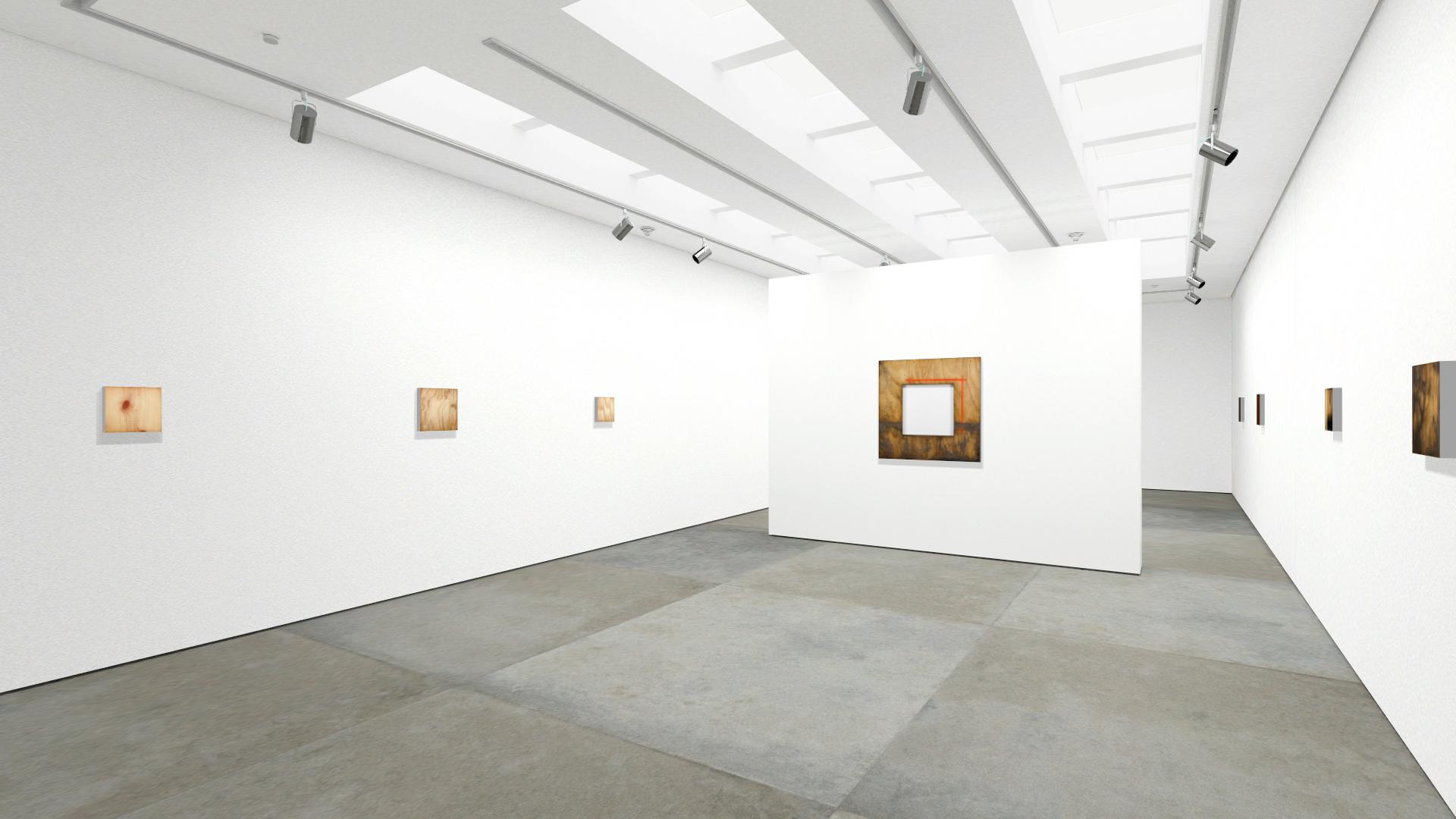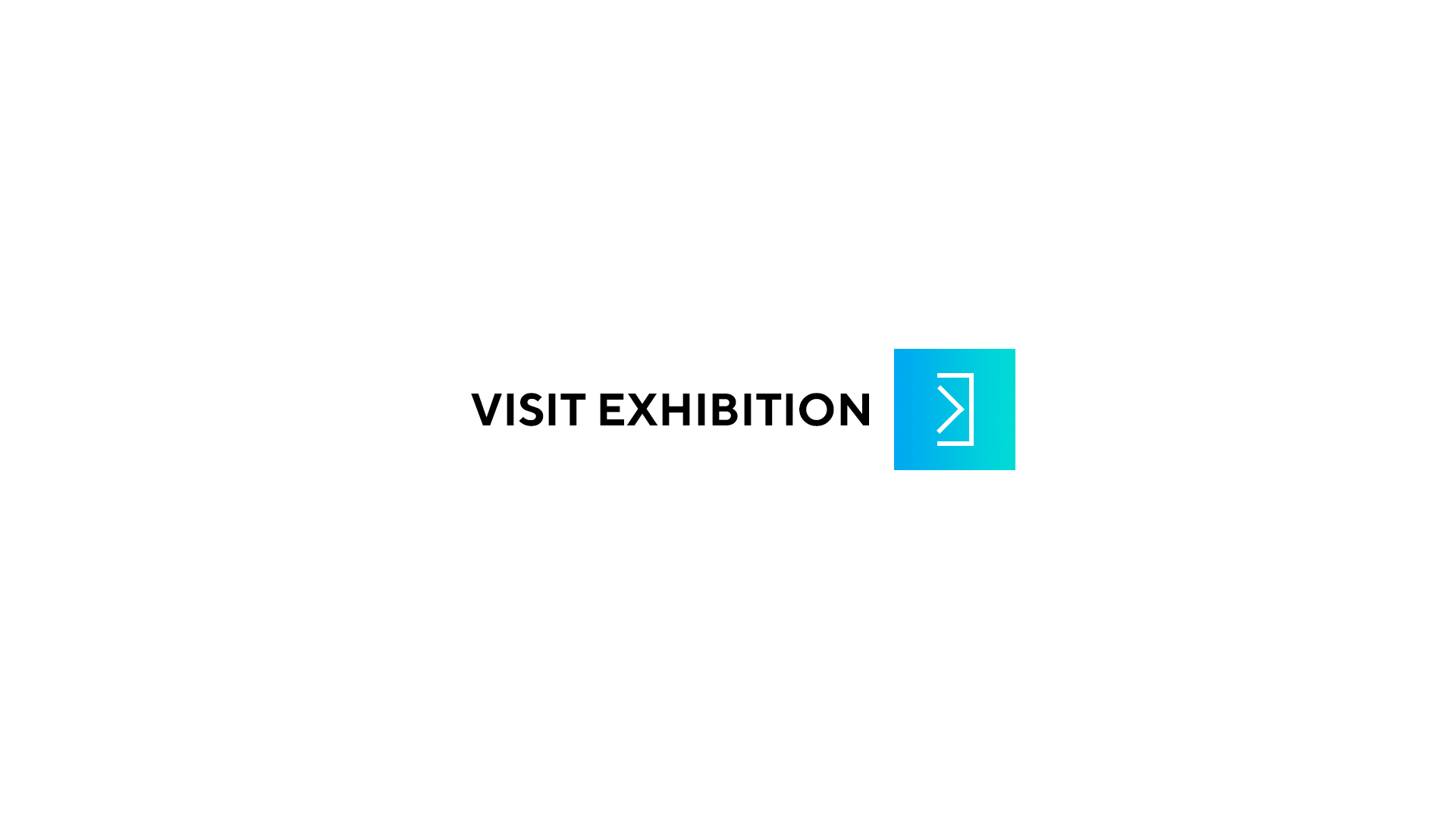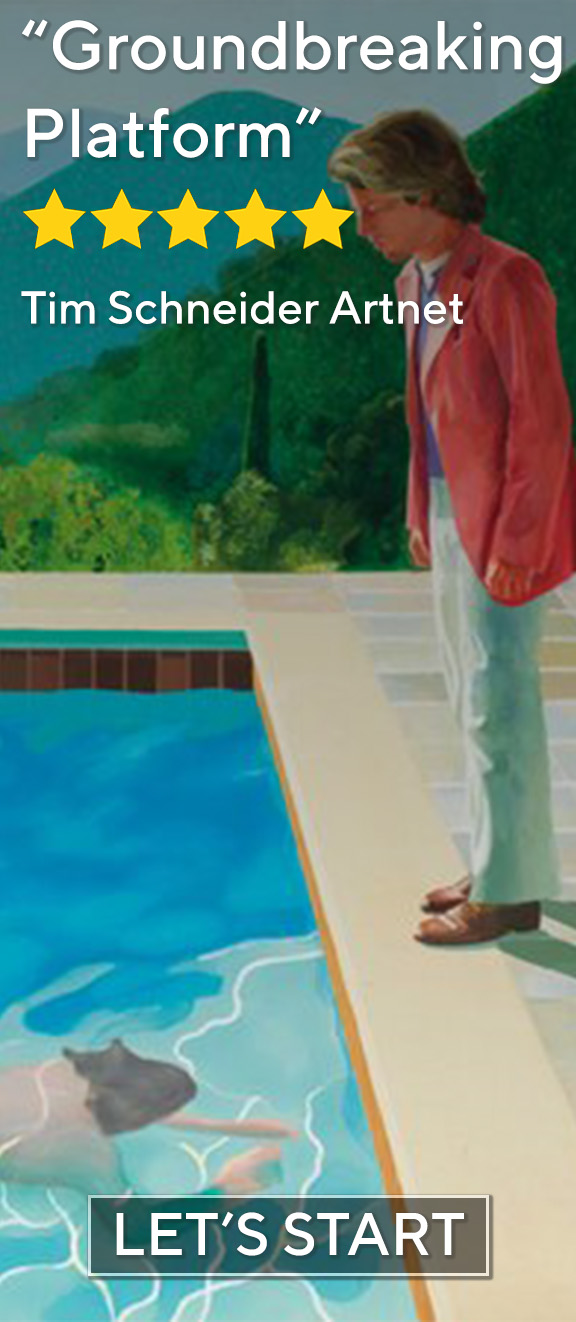

Loading...


Anthony Adcock blends his unique experiences working as a Local #1 Ironworker and as an artist to create works that explore the relationship between labor and value in his current painting series, “The Unknown Boot-Print and Other Stories.” Using hyperreal illusionistic trompe l’o... more >> Series of hyperreal trompe l’oeil paintings inspired by blue collar ideologies. The paintings mimic common building materials marred by usage and time.
Anthony Adcock blends his unique experiences working as a Local #1 Ironworker and as an artist to create works that explore the relationship between labor and value in his current painting series, “The Unknown Boot-Print and Other Stories.” Using hyperreal illusionistic trompe l’oeil painting, sculpture, and installation, he distorts the line between reality and perception to question the importance and relevancy of authorship.
In this confusing and potentially dangerous time of “fake news” and misinformation, questioning what is “real” has never been so prevalent and perhaps needed as it is today. With an endless stream of political banter, pandemic updates, and other nonessential information, people opt for whatever media outlet(s) align with their preexisting bias. This process of alignment further generates misinformation, which leads to greater confusion. Working as a Union Ironworker, during such a time of uncertainty, provided Adcock the opportunity to understand and identify with workers who fear these uncertainties, misinformation, and societal revisions.
Illusionistic artwork, such as trompe l’oeil paintings, function as a bridge to this question of “what is real” for many viewers. At first glance, those who view Adcock’s work generally experience that “Wow, this is a painting?” moment for just a few seconds until the illusion dispels. Even though they may be viewing traditionally rendered illusionistic representational paintings, they are left with questions of authorship and production, similar to that of found objects or ready-mades. This productive confusion, along with the absurdity of spending countless hours on creating paintings that are mistaken for objects, mimics Adcock’s relationship with art and union labor.
“Similar to artists, Ironworkers place great value on the process of creating. They laboriously build with pride, gaining financial capital installing structural steel to reinforce buildings and bridges. Unlike artists, their “artwork” is concealed under concrete or hidden behind walls. Their work does not accrue cultural capital, nor does it generate discourse around deconstructing the previous model of post remodernism. The structures remain unnoticed and unrecognized as art by passers-by. Connotations of union workers, along with denotations of art, has led me to create works that generate experiences similar to that of a job-site, mimicking specific moments of the construction process via trompe l’oeil painting, sculpture, drawing, and installation. The illusionistic quality of the artwork allows the art to be easily overlooked and mistaken for found-objects or ready-mades, imitating the aforementioned workers’ dilemma. High-rise buildings require years of work by hundreds of workers, with no credit given to individual workers. It is difficult to understand why workers are acknowledged in one field and not the other,” says Adcock.
Union labor, such as digging a ditch, is directly related to value; the number of hours worked equals an exact amount of capital, even if that value isn’t visually recognizable from the finished product. In opposition to union labor, value is subjectively placed upon artwork, sometimes regardless of how many hours it took to create. Adcock’s artistic goal with his painting series is to generate contemporary discourse around value and perceived value and its inherit relationship to traditional modes of art-making.
Anthony Adcock received a Master of Fine Arts degree from the University of Chicago and a Bachelor of Fine Arts degree from the American Academy of Art in Chicago, IL with a specialization in oil painting. His work has been published in New American Paintings, Newcity Art, the Examiner, and other publications and collected by 21c Museum, the Roy Liechtenstein family, and many other private collectors, nationally and internationally. Adcock’s artwork has been exhibited in various galleries and venues including Volta/Armory Show, Art Miami, the Ukrainian Institute of Modern Art, Logan Center Gallery, among others. He has contributed in performances for artist William Pope.L at the Museum of Contemporary Art in Chicago and at the Whitney Biennial. Anthony Adcock lives and works in his hometown of Chicago, IL.






